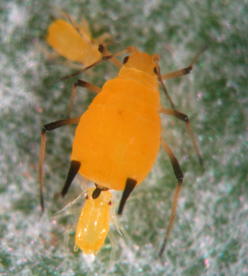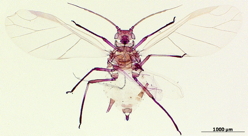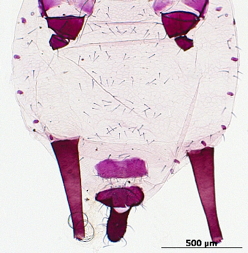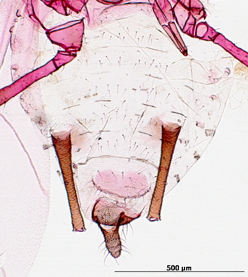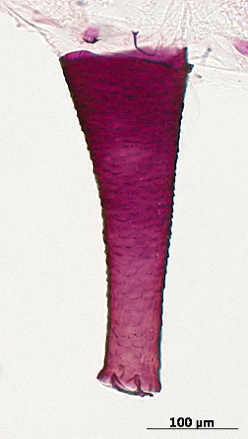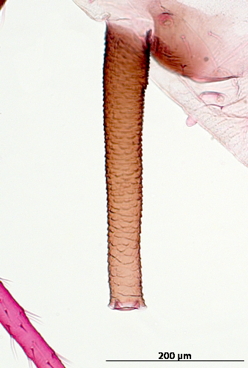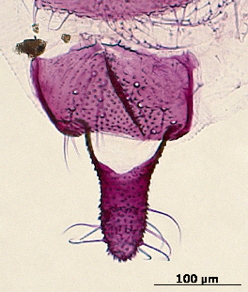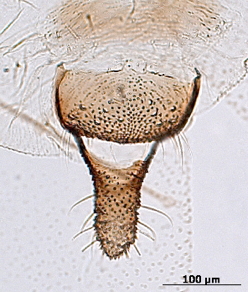Aphis nerii
is primarily a plant specialist feeding on milkweeds and oleander mostly in temperate and tropical regions of the world.
Common names. Oleander aphid, Milkweed-oleander aphid.
Distribution. This aphid is distributed in the Old World and New World temperate and tropical regions, including many Pacific islands.
Host associations. It feeds mostly on oleander (Apocynaceae) and milkweeds (Asclepiadaceae), but is known to feed on 16 other plant families.
Economic importance. It is particularly important on oleander and many species of milkweed, but is know to colonize plant species in the Asteraceae, Convolvulaceae, and Euphorbiaceae and others. It has been implicated in the transmission of at least 4 plant viruses.
See also. Taxonomy at Aphid Species File. Aphids on the World's Plants. Literature references.
